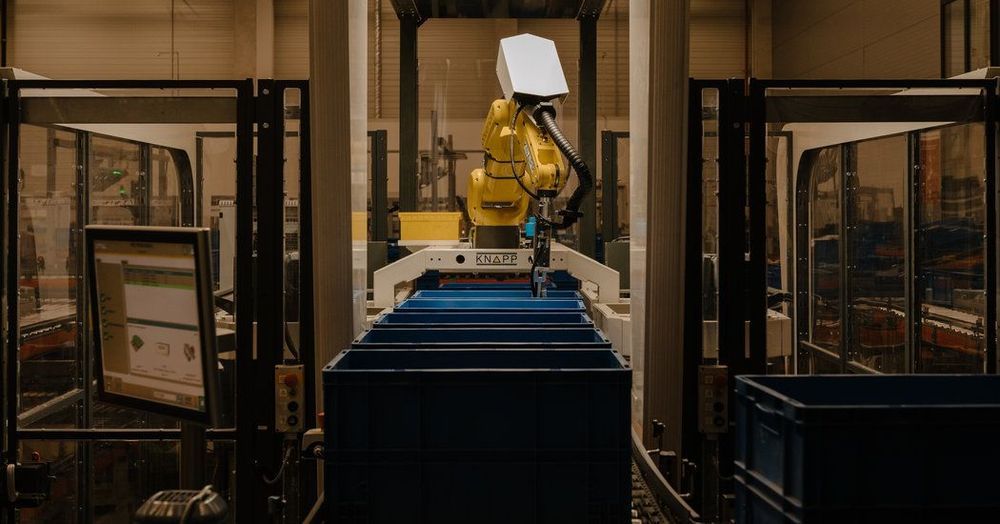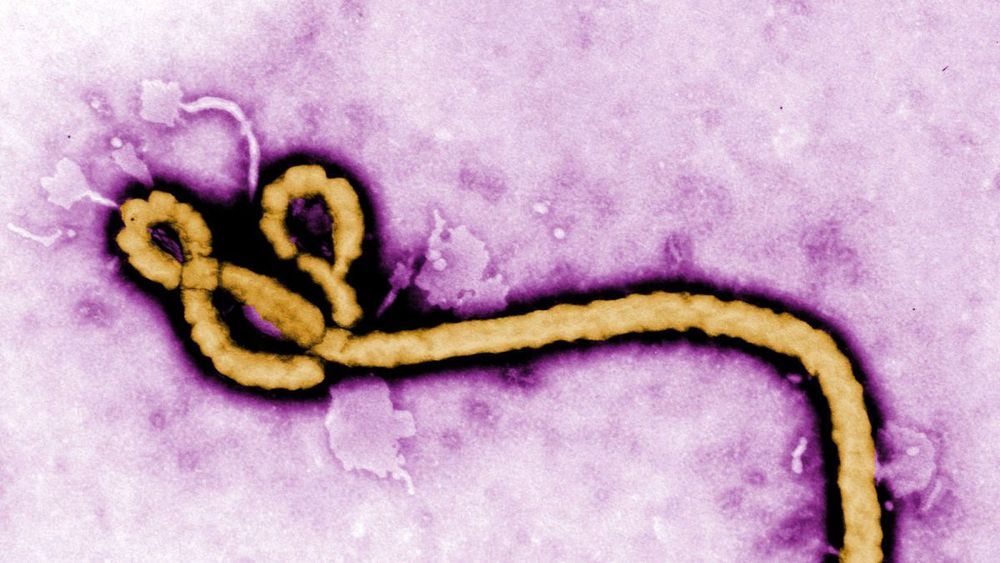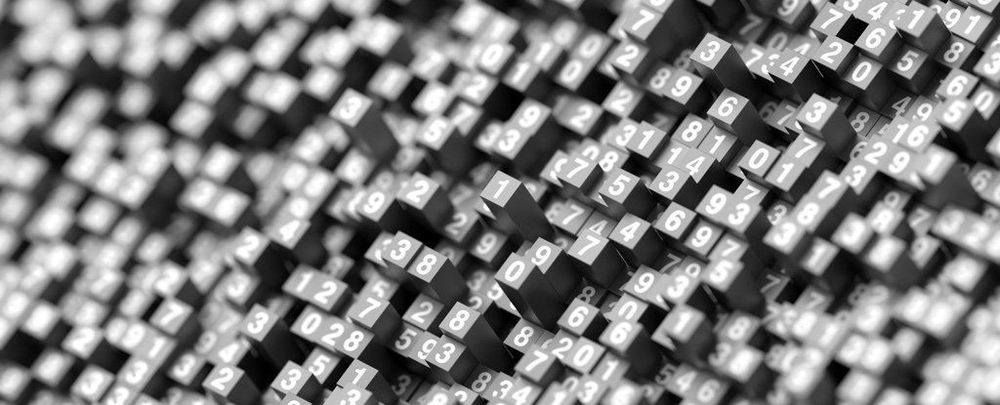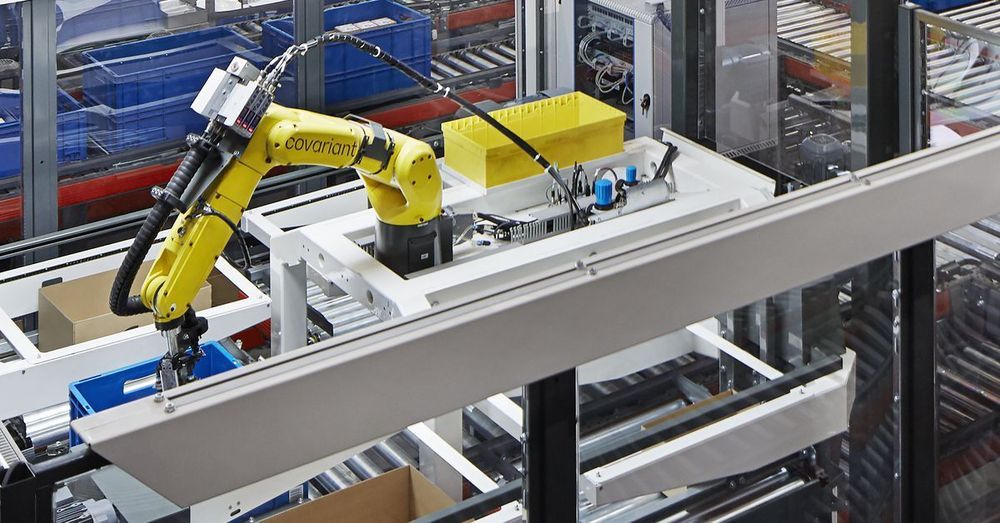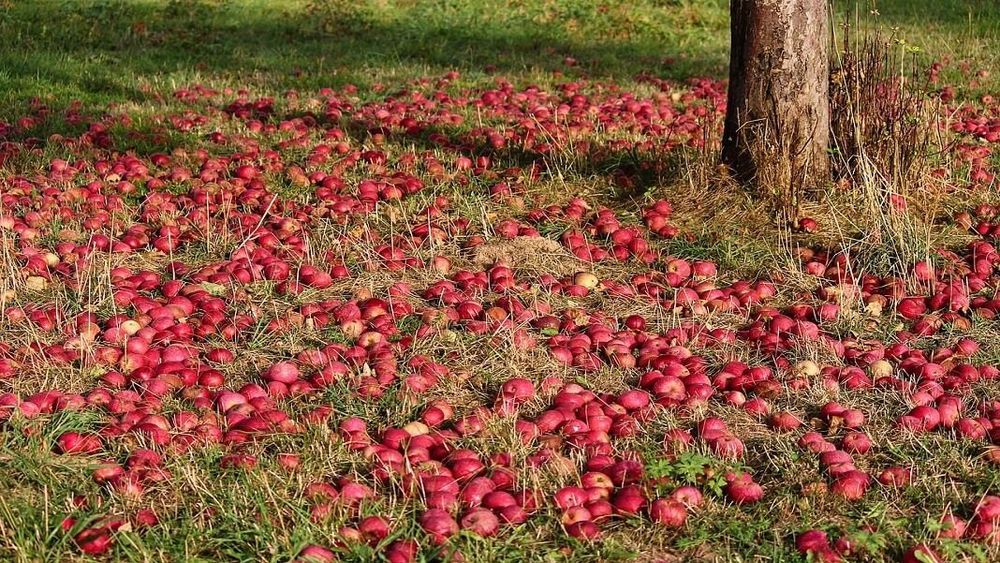Why you’re more of a sucker than you think.
A new kind of robot at a warehouse near Berlin is performing tasks that until recently had been out of the reach of machines.
At a facility near Berlin, a new kind of robot is automating tasks that until recently had been out of the reach of machines.
Credit… Video by Robert Rieger.
The great nutrient collapse
Posted in food
Worrisome.
The atmosphere is literally changing the food we eat, for the worse. And almost nobody is paying attention.
Scientists-prove-dna-can-be-reprogrammed-by-our-own-words.
Russian Scientists Prove DNA Can Be Reprogrammed by just our Words and other outside Frequencies THE HUMAN DNA IS A BIOLOGICAL INTERNET and can be reprogrammed.
The conspiracist claimed to have unearthed a “100ft disc” hidden underneath a cliff in Iceland in a bizarre video viewed by thousands within hours.
Circa 2016 could cure viruses in no time.
When you get right down to it, developing vaccines is about data and luck. Scientists start with a set of variables—what drugs a virus responds to, how effectively, and for whom—and then it’s a whole lot of trial and error until they stumble upon a cure.
One of the most exciting possibilities in medical research right now is how technology like machine learning could help researchers rapidly process those enormous sets of data, more quickly leading to cures. This is already starting to happen: In a study published Wednesday in the journal Macromolecules, researchers from IBM and Singapore’s Institute of Bioengineering and Nanotechnology reveal a breakthrough that could help prevent deadly virus infections. With the help of IBM super computer Watson, they hope their finding will soon make its way into vaccines.
Not everything is knowable. In a world where it seems like artificial intelligence and machine learning can figure out just about anything, that might seem like heresy – but it’s true.
At least, that’s the case according to a new international study by a team of mathematicians and AI researchers, who discovered that despite the seemingly boundless potential of machine learning, even the cleverest algorithms are nonetheless bound by the constraints of mathematics.
“The advantages of mathematics, however, sometimes come with a cost… in a nutshell… not everything is provable,” the researchers, led by first author and computer scientist Shai Ben-David from the University of Waterloo, write in their paper.
Getting robots to just pick things up has always been a big challenge for engineers, but artificial intelligence is helping teach these machines new tricks. Startup Covariant, formerly known as Embodied Intelligence, says its bots are ready for full-time operation, and are being installed in warehouses around the world.
In a newly published paper, researchers detail an experimental model that can extract device PINs and passphrases from the sounds of tapping fingers.
Circa 2019
Technology has long been helping to hack world hunger. These days most conversations about tech’s impact on any sector of the economy inevitably involves artificial intelligence—sophisticated software that allows machines to make decisions and even predictions in ways similar to humans. Food waste tech is no different.
A report from the Ellen MacArthur Foundation and Google estimates that technologies employing AI to “design out food waste” could help generate up to $127 billion a year by 2030. These technologies range from machine vision that can spot when fruit is ready to be picked to algorithms that forecast demand in order to ensure retailers don’t overstock certain foods.

